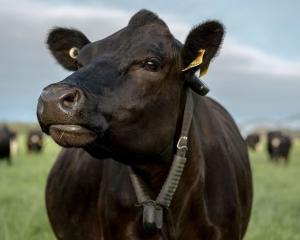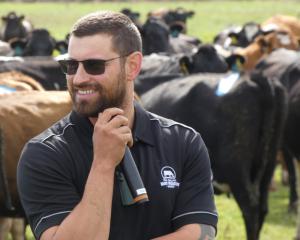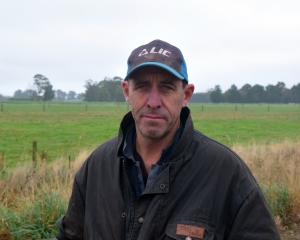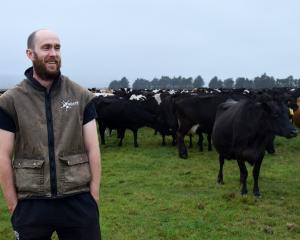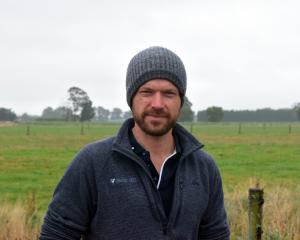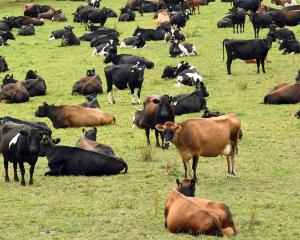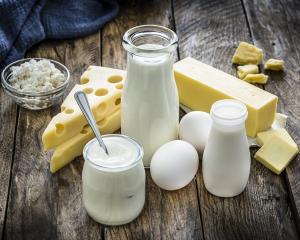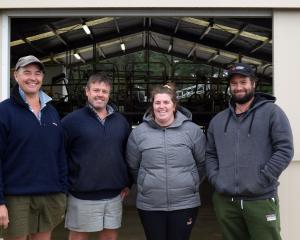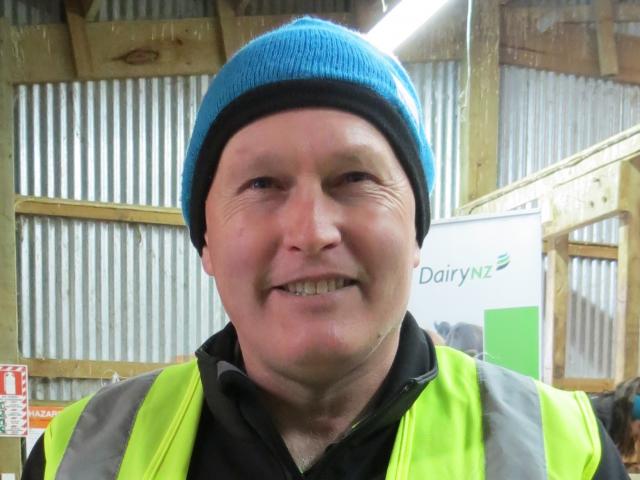
The hub hosted a field day last week, and about 100 people listened to AgResearch and DairyNZ scientists talk about their preliminary research findings.
Guy Michaels discussed the financial report of the Southern Dairy Hub's research farm for the first quarter to the end of August.
He said they had not achieved some of the targets because of lower than expected production during the first quarter and slower than expected calving.
The year to date actual milk solids production to the end of August was 11,076kg/ms compared with the budgeted 15,500kg/ms (YTD).
He said they had identified some ''work on'' areas that needed to be addressed, including increasing production.
''We have also had a few more cow losses than we were comfortable with,'' Mr Michaels said.
''We were not growing as much feed as we would have liked.''
Speaking to Southern Rural Life later, Mr Michaels said while production was lower than they would have liked, it could also be linked to the outbreak of Staphylococcus aureus, the source of which was traced to an infection in the herd bought from the Southland demonstration farm two years previously.
He said they had 40 cows identified with it last milking season, which had been culled.
''We have now got 35 cows positively identified with it to date.''
He said this season's infected cows were being milked as a fifth herd to avoid cross contamination.
They would carry them on to the end of this season and then cull them.
Once the dozen cows, which are still to calve, have done so, they will test the whole herd to find out how many infected animals they are dealing with and make a decision about culling then.
''If we only had a dozen or so [infected animals], we could have made the decision to cull now but we cannot afford to lose that production.''
Mr Michaels said the second year conversion was primarily a research farm and another of the factors, which affected farm management decisions, was the requirement that they operate four different herds as part of the research.
He said this created some unique feed allocations.
''That is something we need to get better at.''
AgResearch's Dr Ross Monaghan and DairyNZ's Dr Dawn Dalley also presented findings on early results on kale versus fodder beet, phosphorous intakes, nitrogen leaching losses, variable margin riparian planting and calving.



